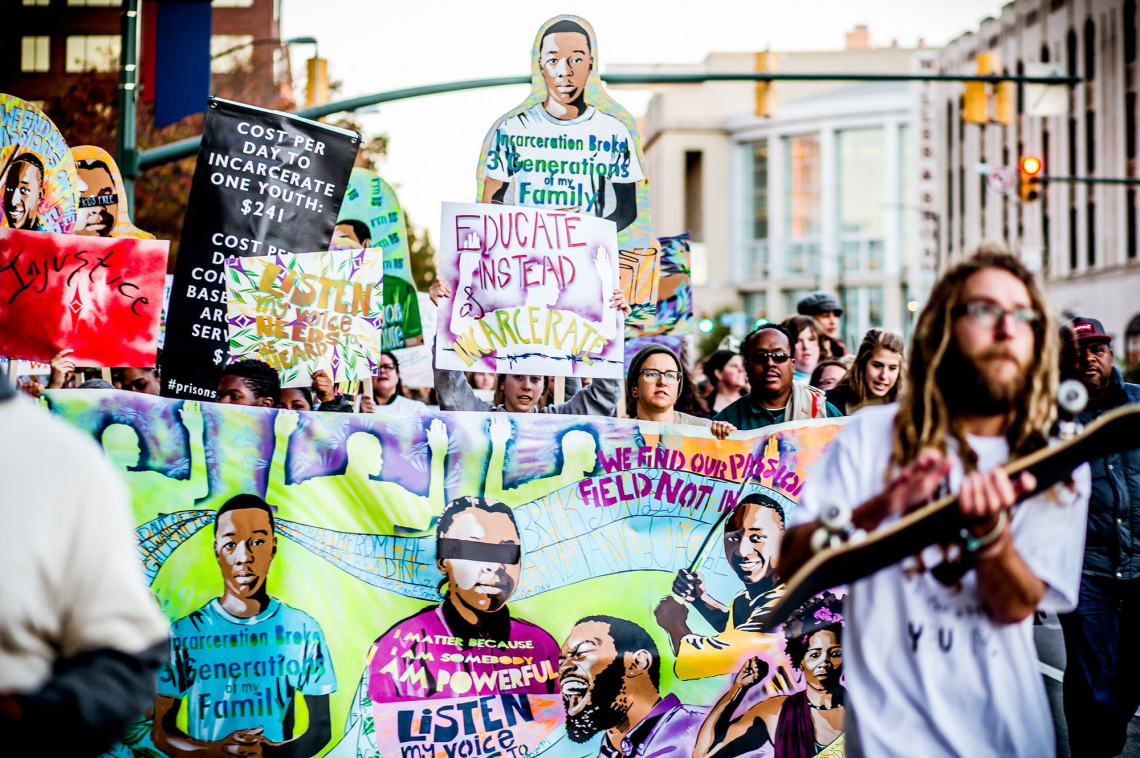
If place is geography bound by shared meanings,
and if place plus time equals change,
what does change do to meaning?
How is meaning shaped? By whom? For whom?
Artists keep, make, and transform meaning. It is what they do. Their relationship to place, in addition to inhabiting it, is to see it and listen to it. Whether intentionally or not, every creative act, every moment of imagination and expression in a place, contributes to that place’s shape.
What tools do artists and culture makers and designers and heritage holders possess when they choose to work collaboratively on the making of meaning?
How can they imagine their own creative process not just as one-way journeys to their own creative output, but as sets of practices that can be de-linked from product and deployed in a myriad of collaborative settings and moments?
Creative Placemaking offers opportunities for this type of collaboration.
Which returns to the question-- by whom and for whom?
In a traditional studio practice (making work solely from a core creative impulse of one’s own), the artist creates meaning and shares it. In a civic practice (making work collaboratively in service to a community-defined outcome), the artist listens and co-creates meaning with an intentionality established by residents and community partners.
When artists new to civic practice, new to collaborative practice in and with community, engage in creative placemaking, they sometimes say:
Does being responsive to community mean I give up my own voice and expertise?
The answer is- no.
Your voice is your point of view and life experience, and you need these to be a strong collaborator. Your expertise is your particular set of creative assets and aesthetic sensibility, and you need these to be a strong collaborator.
You also need curiosity, humility, the capacity to listen, and respect for the voice and expertise of your community collaborators, whether you are of that community or not. The intelligence, lived experience, cultural practices, and local knowledge of your place-based community collaborators are assets as valuable as any you bring, no matter your discipline or training.
Creative placemaking centered in a civic-practice approach values discovery. It values co-design, and it demonstrates that the achieved outcomes and outputs would not have occurred if this group had not built a partnership and worked together.
We've seen visual artists build collaborative tools that residents use to imagine a vision for growth in their community; to do this, they re-framed their ability to design an image that expressed both an aesthetic and personal point of view and articulated/deployed that skill as an ability to synthesize a complex local issue into a set of visual representations that could be manipulated by individuals and used to catalyze public dialogue.
We’ve seen theatre directors aim their skills toward the facilitation of conversation between residents with different beliefs and opinions about public good; to do this, they re-framed their ability pull together a group of performers and designers that may have singular and at times contradictory perspectives, and articulated/deployed that skill as an ability to help diverse individuals achieve a shared vision and take action.
We’ve seen musicians deploy practices of ensemble in spaces where dialogue was tense and difficult; to do this, they re-framed their ability to listen and work in spontaneous, respectful collaboration alongside peers and articulated/deployed that skill as an ability to lead exercises that build moments of deep listening and compassionate connection.
We’ve seen heritage holders use story to bring community together for problem-solving a local challenge; to do this, they re-framed their ability to hold and share meaning through narrative and articulated/deployed that skill as an ability to shape varied, complex histories into a multi-faceted examination of differing pasts that acknowledges tension while simultaneously making space for collective vision.
These examples all have something in common—they each demanded the creation of a process where experience was centered on listening as a value, an action, and an outcome. Each demonstrated an understanding that if relationship is central to building community, then listening is the currency of making change. And they each demonstrated that when artists choose to consider their practices in service to outcomes beyond their own creative output, their contributions can be significant, and full of meaning.
- - -
Michael Rohd is a co-founder of Center for Performance and Civic Practice, where he holds the position Lead Artist for Civic Imagination.
- - -
Want to learn more? The Center for Performance and Civic Practice will have a featured article on “Creating Process for Change” in an upcoming new journal issue of the Federal Reserve Bank of San Francisco’s Community Development Innovation Review on Transforming Community Development through Arts and Culture. This journal will be released on November 13th at a special event co-sponsored by the Federal Reserve Bank of San Francisco, PolicyLink, and ArtPlace America at the Yerba Buena Center for the Arts. Reserve your tickets now!





